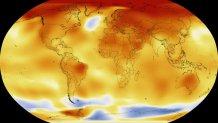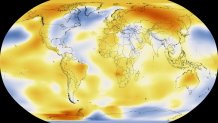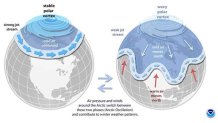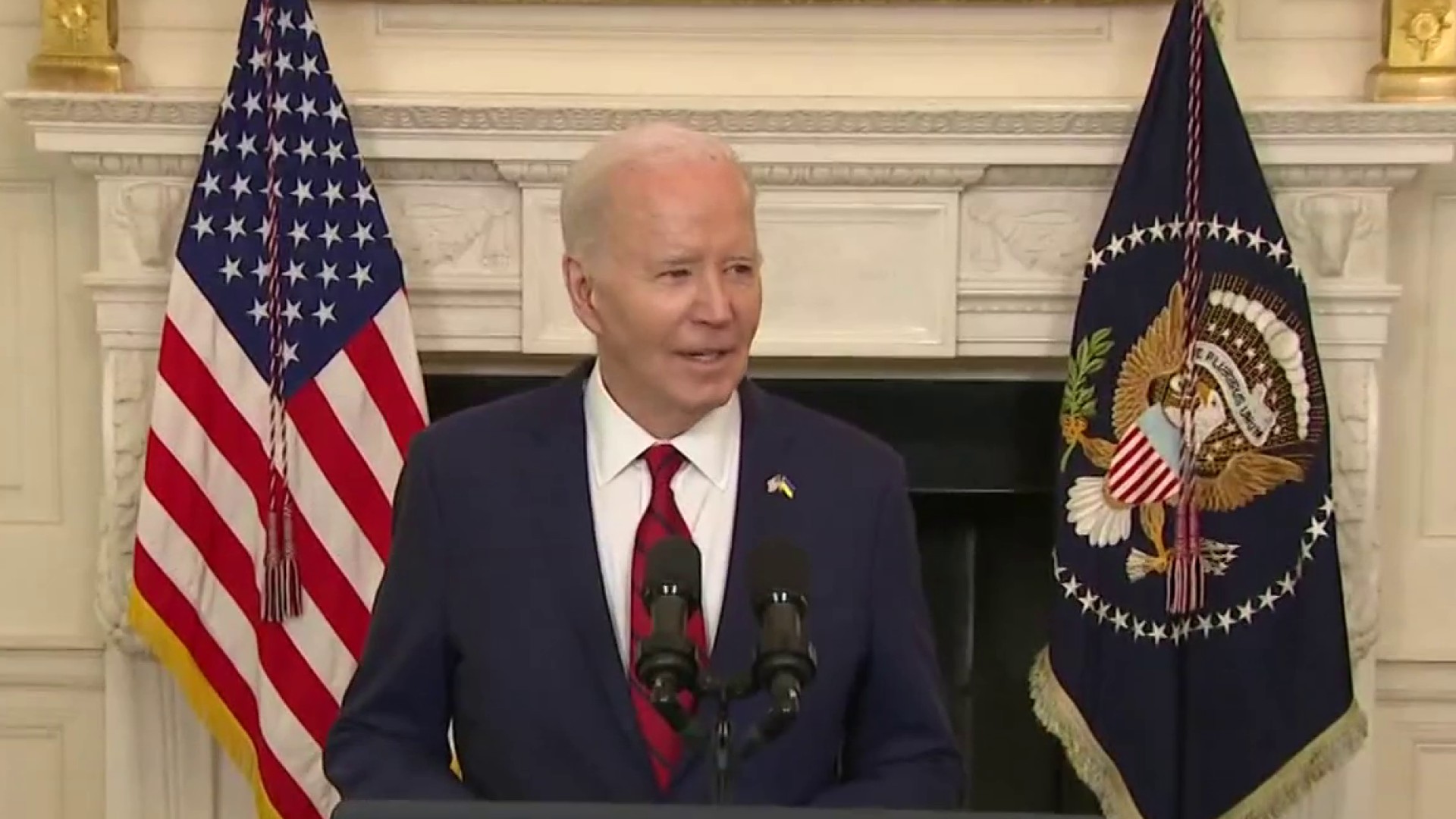With single-digit temperatures for days on end and Arctic air that seemed to slice straight through even the puffiest of jackets, there’s no question the Eastern U.S. vocabulary has been lacking the word “warm” in recent weeks.
As with most major winter weather events in the U.S., this bitter blast has sparked some skepticism about global warming and climate change. The president himself tweeted “we could use a little bit of that good old Global Warming.”
It is true that cold and warm have opposite meanings, but unfortunately, science isn’t that simple.
“With global warming, people expect it to be warmer than average all the time and that’s not the case. It can be cold and it can be freezing cold like we’ve had,” Storm Team4 Chief Meteorologist Doug Kammerer said.
Kammerer said most of the world’s temperatures have been above average, while the eastern half of Northern America has endured this bone-chilling cold.
“We just happen to be below average,” he said.
Local
Washington, D.C., Maryland and Virginia local news, events and information
Kammerer said evidence of a warmer world has only grown.
“We have not set a record-low temperature in Washington, D.C. in January since 1994. Since that time, we have had seven record-high temperatures. ... The last time we set a record-low temperature in the month of July was in 1979,” he said.
Since 1979, D.C. has had zero record-low temperatures in July, but 13 record-high temperatures, according to Kammerer.
“That tells you global warming is happening. That tells you our climate in the Washington, D.C., area is getting warmer, continues to get warmer and will continue to get warmer for the foreseeable future,” he said.
D.C. isn’t alone. A global temperature time machine from NASA shows how temperatures have drastically warmed since 1884. The pictures below show a significant change in the past 20 years.


Weather Isn’t Climate
One major problem with the idea that cold bursts are evidence against global warming is simply the difference between weather and climate.
“Weather is day-to-day. Weather is what’s happening today, weather is what’s happening tomorrow. Weather is what’s gonna happen next week,” Kammerer explained. “Climate is what we’ve seen over the course of many, many years. So when we look at, for example, our average high temperatures, that’s taken over the course of a 30-year period. That’s how we get the average.”
Making things more confusing, the terms "global warming" and "climate change" also are sometimes confused for each other.
Global warming is the long-term warming of the planet. According to NASA, “Global temperature shows a well-documented rise since the early 20th century and most notably since the late 1970s.”
Climate change includes global warming, but it is the wider range of changes that are happening to our planet, including rising sea levels, shrinking mountain glaciers, accelerating ice melt in Greenland, Antarctica and the Arctic, and shifts in flower and plant blooming times, according to NASA.
“Global warming” and “climate change” are sometimes used interchangeably, but they refer to slightly different things, NASA says.
Could Climate Change Actually be to Blame?
Some research actually points to extreme cold events as proof of climate change and global warming.
It is way too early to tell if that's the case for this recent frigid blast, but the extreme and unusually cold temperatures are another data set to add to the pile of evidence that our climate is changing.
“Even in a warming world, we can still get Arctic outbreaks, and some of the data actually says we may even get more Arctic outbreaks on the East Coast,” Kammerer said.
Those Arctic outbreaks happen when cold air swirling above the North Pole, known as the polar vortex, seeps out and makes its way south. Scientists say a weakening polar vortex is to blame.
Melting sea ice and Arctic warming appear to be contributing to cold air getting farther south, according to a 2017 study published in the journal WIREs Climate Change.
"Very recent research does suggest that persistent winter cold spells (as well as the western drought, heatwaves, prolonged storminess) are related to rapid Arctic warming, which is, in turn, caused mainly by human-caused climate change," Jennifer Francis, a climate scientist at Rutgers University and one of the study's authors, told NBC News.
Abnormally warm ocean temperatures off of the West Coast also have caused the jet stream, which moves from west to east and follows the boundaries between hot and cold air, to "bulge" to the north and cause unusually warm temperatures in Alaska and California, Francis told NBC News.

Rhetoric Matters
Despite continued criticism, scientists say there's no doubt global warming is happening.
"Rhetoric that it may not be happening I think just kind of takes us back to where we were a decade ago," Kammerer said.
“It gives people who don’t believe or are not sure about global warming a reason not to believe. We’ve made such progress over the past decade … really trying to get the word out that global warming is real. Global warming is happening and we’re going to continue to see a warming world over the next couple of decades, into the next century."



